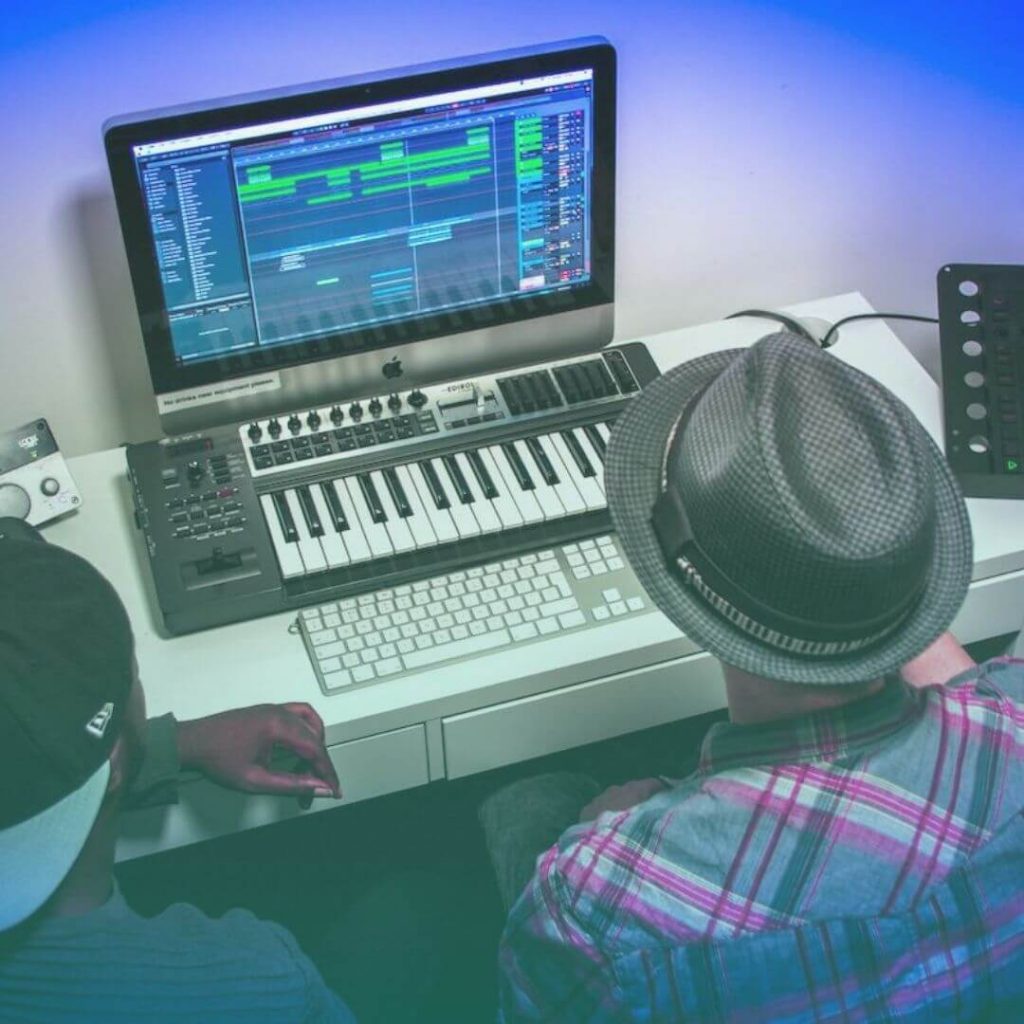Top 5 Ways to Make a Better Kick Drums
A limp kick drum is one of the biggest fears for all music producers. A kick drum should be punchy, but shouldn’t dominate the mix (well, to in all cases). Untidy frequency bands can be the difference between a good and bad song. So, how do you make better kick drums?
Making your own kick drums is a fantastic way of making your sound unique. It creates opportunities for you to refine your style with samples that no one has used before.
Let’s explore how you can get the most out of your own kick drums to add further power to your music!
Use Filters to Tidy the Low-End
A kick drum should be filling out the space in the low end, we know this. But what a lot of people make the mistake of doing is leaving the kick drum untouched below the 30-40Hz range.
This region is almost inaudible to listeners, so some slight frequency alterations are okay.
The problem with leaving these frequencies alone is that they can create a messy kick drum. Naturally, higher frequencies are more polished while lower frequencies sound airy. Another issue is that kicks don’t have as much attack as a snare drum, so anything we can do to make our kicks sound more punchy can bring our kicks up to par.
To accomplish a tight & full kick, some filtering may be all you need. Below the 30-40 Hz range, a kick is more or less useless. This is our sub-range, so filtering the kick out here can accentuate our sub & define our kick at the same time!
With the use of a high pass filter, see what rolling off anything below 40 Hz does for your mix. It should tighten the character of the kick drum, whilst giving more clarity for your sub.
Not only this but using a filter to remove these frequencies should also do wonders for any plugins operating in this area. By cleaning this unused noise out from under your kick, your sidechain should work more efficiently! It and any other plugins will no longer suffer from any low-end build, so all time-based effects won’t have any latency.
If you’re not overly confident about where to cut, use a narrow boost in your EQ and sweep across the spectrum. This will help you isolate the frequencies that are causing issues and you can then use your high pass filter to cut everything below it.
Use an EQ to Cut or Boost the Low-End
Is there anything missing from the body of your kick drum? Well, thank goodness we have tools that can help us solve this problem.
When you’ve finished dealing with any low-end noise, start to look for what’s missing (or what there’s too much of) and use an additive or subtractive EQ to adjust the frequencies.
If you’re missing some impact, emphasise low-end under 500 Hz to add a bit more body to your kick. Make sure you’re working with EQ while monitoring your high pass filter or you risk boosting that low-end noise you removed.
Again, if you’re unsure where you should be emphasising or cutting frequencies, use a narrow boost to find the frequencies either causing issues or that are prime for boosting. When you’ve found your desired frequencies, change from a band boost to a band cut and open up the band if it needs subtracting, or just open up the boosted band if it needs boosting!
Boost the Body
A kick primarily operates in the low-end of a mix. But between 2 kHz & 4 kHz, there’s some higher-end content to play with. The exact frequency band that you should manipulate depends on the size & tune of your kick, but it shouldn’t stray too far from this region.
This region is the main body of your kick and it’s what will define your kick to your listener. This region is known as “the beater” because the listener will “feel the beat” of this body!
Follow the same process to isolate your desired frequencies as you have done in the previous steps, and then cut or boost accordingly!
Drop the High-End
Now it’s time to tame the highs! Look into using a low pass filter to eradicate any click sounds that may be present on some samples and to eliminate any noise and/or cymbal bleed that does not belong!
Clip Your Kick
Clipping as an intentional method, rather than clipping that occurs when you breach the dBFS ceiling, can bring another level of aggression to your kick!
This process is usually used on snare drums, but there’s nothing to stop you from using it on your kick.
Clipper plugins like V-Clip are great tools for adding punch, but don’t remove any transients!

But maybe you don’t want to make your own kick drums? Maybe you want to spend the time it takes to produce a kick drum on making fully fleshed tracks?
In that case, Mixxed has thousands of samples including kick drums, percussion, basses, vocals, synths, live instruments and so much more for you to download and use right away for less than $3 a month!
